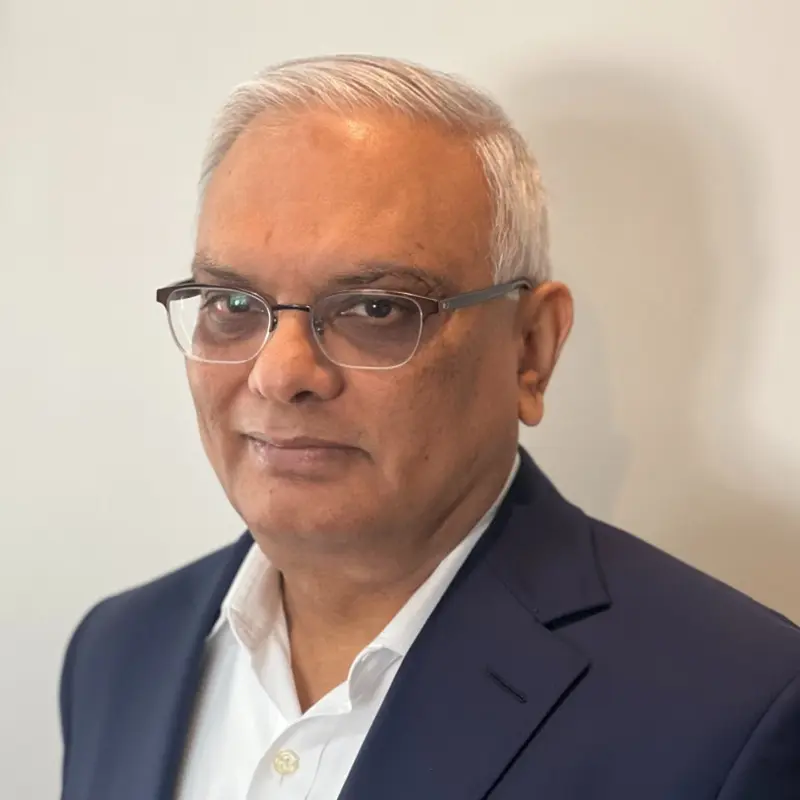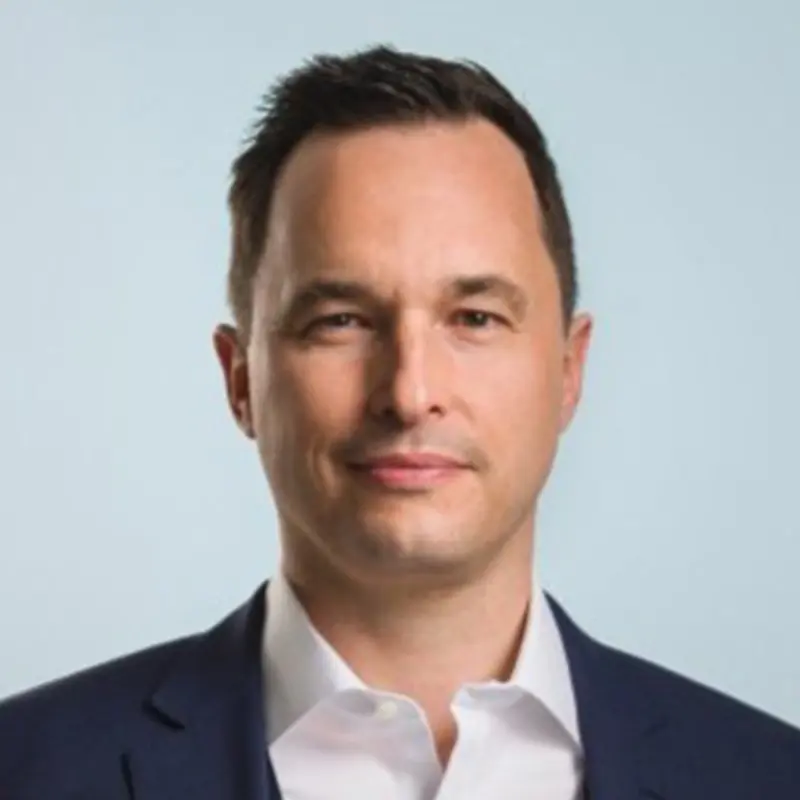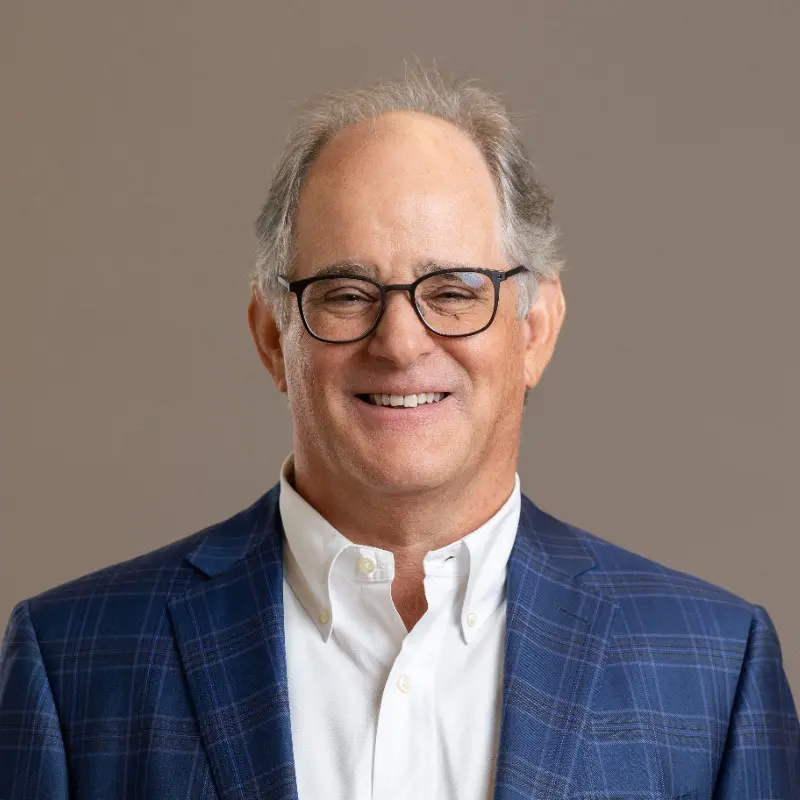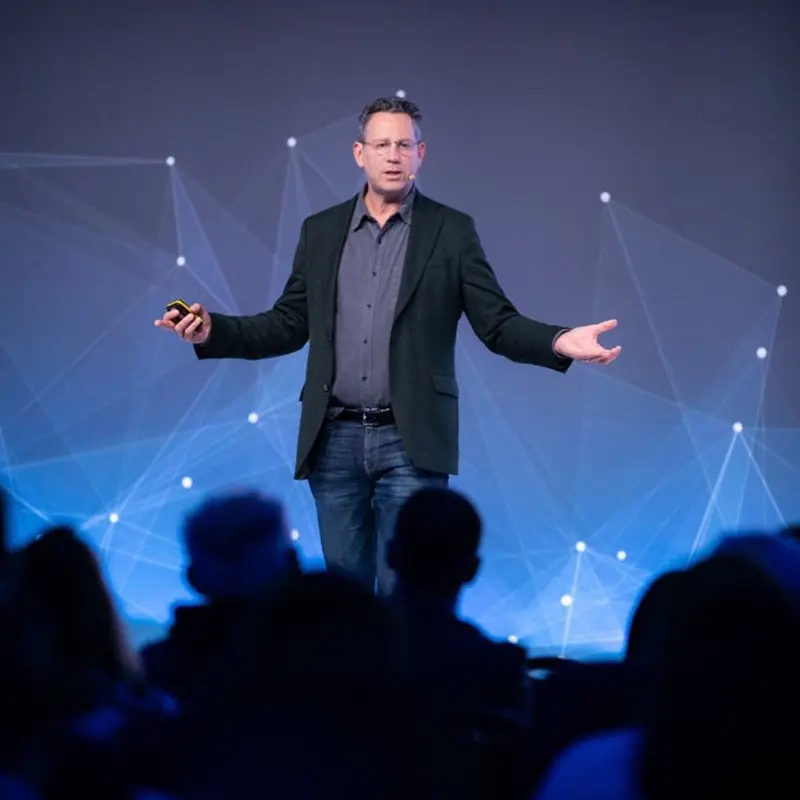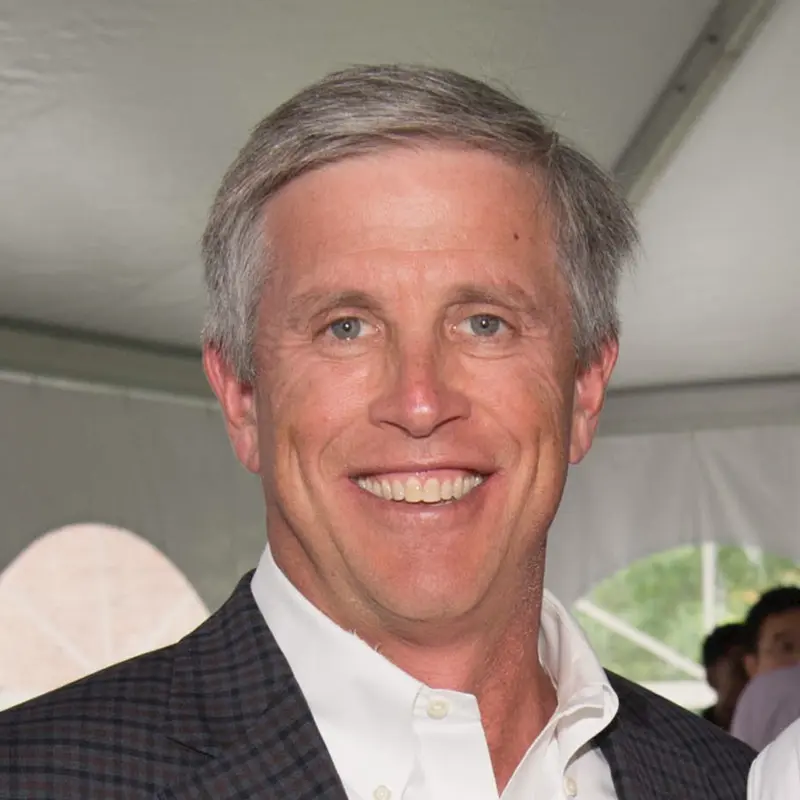Picture this: A luxury apartment in a bustling city is purchased for cash by an unknown buyer through a string of anonymous shell companies. The sale raises no eyebrows, but behind the scenes, a complex money laundering operation is underway. From illicit origins to seemingly legitimate assets, this is the journey of “dirty money”—and the fight against it begins with Anti-Money Laundering (AML) checks.
Let’s follow the path of laundered money through its three stages—placement, layering, and integration—and see how robust AML processes can break the chain at each step.
Stage 1: Placement — Getting Illicit Cash Into the System
It starts with a duffel bag of cash in a bustling financial district. The launderer’s challenge? Converting a pile of questionable money into something less conspicuous. Enter placement, where funds are introduced into the financial system.
- The Tactic: Instead of depositing a large sum into a single account (a major red flag), the launderer sends small amounts across multiple accounts at different branches—also known as “smurfing.” Some of the funds are funneled into luxury car purchases or jewelry, quickly flipped for cash.
- The Risk: At this stage, banks may notice unusual deposits or sudden asset purchases. But if no AML checks are in place, the funds slide through undetected.
How AML Helps: Customer due diligence (CDD) kicks in here—verifying identities, tracking transaction patterns, and flagging customers depositing amounts that don’t match their profiles. Advanced systems automatically cross-check data against watchlists and issue alerts for suspicious activity.
Stage 2: Layering — Disguising the Money’s Origins
The launderer now faces the next hurdle: making the funds untraceable. In the layering phase, the money is moved across accounts, companies, and borders to obscure its origins.
- The Tactic: The funds pass through shell companies, offshore accounts, and even fake invoices for “business expenses.” Wire transfers bounce from one country to another, each hop making the trail more complex.
- The Cover Story: To the outside world, it looks like a series of standard business transactions—payments for consulting services or shipments that never existed.
How AML Helps: This is where transaction monitoring tools shine. They flag unusual patterns, such as frequent international transfers to high-risk regions or round-dollar amounts that match no legitimate business activity. Machine learning algorithms detect when these activities deviate from normal behavior, even in large, global transaction flows.
Stage 3: Integration — Making the Money Look Legitimate
Once the money has been sufficiently disguised, it’s time to bring it back into the economy—cleaned and ready for “legitimate” use. This is the integration phase, where illicit funds reappear as real estate investments, stock portfolios, or lavish lifestyle purchases.
- The Tactic: The launderer buys a $5 million penthouse outright, claiming the money came from the sale of a successful business. They might also repay large loans or invest in companies with stable returns, embedding the funds into the economy.
- The Challenge: At this stage, the money looks like it belongs. Without context, it’s difficult to distinguish legitimate earnings from laundered funds.
How AML Helps: Enhanced due diligence (EDD) is key here. When a transaction or customer’s background raises red flags—such as ties to politically exposed persons (PEPs) or untraceable revenue sources—EDD digs deeper, collecting additional data and scrutinizing high-value purchases. Automated systems provide detailed audit trails, ensuring nothing is missed.
The Human Cost of Failure
When laundered money flows freely, the consequences are far-reaching—fueled criminal enterprises, destabilized economies, and reputational damage for financial institutions. But with robust AML processes, institutions can stop dirty money in its tracks, ensuring their systems don’t become conduits for crime.
A Future-Ready AML Strategy
Gone are the days when manual audits were enough. In today’s landscape, AML programs must be adaptive, automated, and vigilant. Real-time monitoring, machine learning, and secure data processing are no longer luxuries—they’re necessities.
The difference between catching a launderer at “placement” rather than “integration” could be millions in fines—or worse, a reputation that’s impossible to repair. By embracing advanced AML solutions, financial institutions can protect not just their businesses, but the communities they serve.






